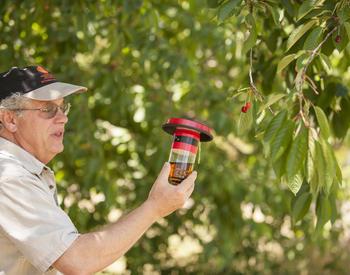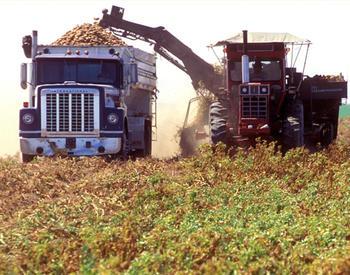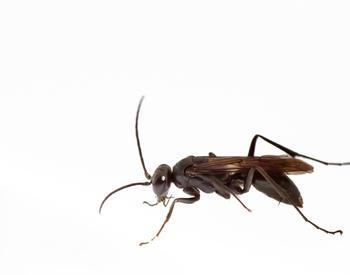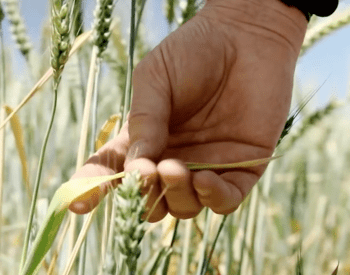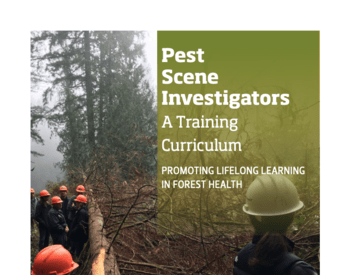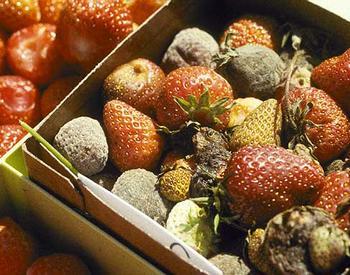CORVALLIS, Ore. – You may immediately want to know "What's wrong with my plant?" when your tomatoes or azaleas appear wan.
But don't stop there. Ask a series of systematic questions to diagnose and effectively address the cause of the malady, advises Neil Bell, horticulturist with the Oregon State University Extension Service.
"The principles of diagnosing a plant problem are very similar to going to a doctor or an auto mechanic," Bell said. "The doctor and the auto mechanic are looking for evidence of the root of the issue."
Asking a series of questions is a practical process that's flexible and generic enough to accommodate problems with ornamental plants, vegetables, fruit trees and even turf grass, Bell said. This approach will help you decide if the culprit is an insect or a disease, or whether non-living factors such as too much watering or not enough nitrogen triggered the problem. Perhaps the condition you are observing is not really a problem after all.
"Once a client came to me with a strange discoloration of his arborvitae hedge. The hedge had turned a rusty brown color and he was accustomed to a green hedge," Bell said. "But it turned out to be its winter color. In response to cooler temperatures, conifers change color. Some conifers have really spectacular winter color, but for arborvitae, it just looks off color."
Bell suggested some important questions to ask as you begin your investigation:
- What's the identity of the affected plant? Determine whether a "real" problem exists; maybe whatever the plant is doing is normal. What are the characteristics of the plant? How does it display them throughout the year?
- How many plants of the affected species are present?
- How many plants in that group are affected?
- What is the pattern of damage within the population? A uniform pattern indicates non-living, environmental causes of the problem. A random pattern indicates that diseases or pests could be culprits. But don't over-analyze "uniform" versus "random."
- Which part or parts of the plant are affected? Just the leaves, fruit, shoots, a combination of those, or the whole plant?
- What's the pattern of damage on the leaves and stems of the individual plant? If the damage pattern is uniform or random it can often indicate the cause is non-living or caused by pests.
- What's the pattern of damage on the plant parts?
- What time of year did the symptoms appear?
- Are the symptoms spreading, improving or constant? Pest or disease problems often become worse with time. Environmental problems in some cases look bad for a while but may start to improve.
- Are any signs of a pest present? Signs of a pest could include slug slime trails, rodent mounds or holes, fungal fruiting bodies, or distinct notches cut from the leaf margin.
"Plant problem diagnosis helps us get to the bottom of the problem so we can address it successfully," Bell said. "You don't want to waste resources on a problem you don't have. Sometimes people spray first and ask questions later. It should be the other way around."
For more information, go online to the PNW Plant Disease Management Handbook and the PNW Insect Management Handbook. You can also bring in samples and photographs of the affected plant for your local Master Gardeners to examine. Find your OSU Extension office. Or submit a question and photograph to OSU Extension's "Ask an Expert" service.
